Meredith Arksey, violin and viola professor at Washington State University, gives helpful hints for teachers wanting to improve their students' awareness of intonation
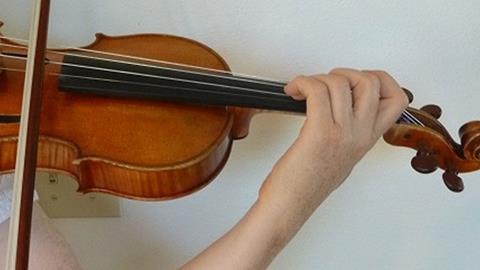
1) SING THE PASSAGE IN TUNEA) Be able to hear and sing it in tune, with special attention paid to the tonic and dominant (the 'support pillars').
B) Use the piano to help your voice match the pitches. Sing, then confirm the pitch with the piano.
C) Listen to a professional recordings of your piece repeatedly.
D) Figure out the intervals, then pencil in reminders on the difficult ones.
E) Practise singing scales and intervals
2) USE SYMPATHETIC VIBRATIONS
A) Tune your strings carefully then listen and watch to see that all open string-named-notes make the open string(s) ring sympathetically.
B) Check to see that your hand or finger isn’t accidentally dampening an open string - leave 'tunnels' to let open strings vibrate.
C) Adjust the finger until the open strings sympathetically vibrate as widely as possible.
3) USE TECHNOLOGY (recorder, drone, piano, clip-on tuner, intonia.com etc.)
A) The more types of technology used each day, the better. Especially helpful is Intonia.com which allows you to record a passage, then go back and simultaneously hear and watch the pitches, which can be assessed in Just, Pythagorean or Equal Temperament.
B) Match horizontally, so that each F# matches the previous F# etc. Match vertically so that each pitch fits into the harmony. Circle out of tune notes or mark notes with arrows up or down.
C) Keep practising in slow motion, without vibrato every day until the performance. Avoid thinking, 'Oh no, the recital is next week so I don’t have time to practise slowly'.
4) CORRECT LEFT-HAND POSITION
A) Check to make sure your left-hand position is balanced over 2nd or 3rd finger, allowing fingers to hover over their notes and drop comfortably (especially 4th finger).
B) When crossing strings the left elbow must move in order to 'deliver' the fingers over the proper string.
C) Don’t let your hand rock to accommodate the landing of each finger.
D) Land 1st, 2nd and 3rd fingers on their 'thumb-side corners' (left side of fingertip) - especially important for high 3’s (eg C# on the G string).
E) Don’t accidentally pull strings to the right, causing the pitch to go sharp.
F) In order to reach the 1-4 octave frame comfortably do not play an instrument that is too big for you, or with a neck that is too wide.
5) KNOW THE FINGER PATTERN
A) Decide if the pattern of the passage is: 1 23 4; 12 3 4; 1 2 34; 1 2 3 4; 12 34; 1 234; 123 4; 1234; 1 x 23 4; 12 x 34; 1 23 x 4; 12 3 x 4 (where 'x' = a step and a half)
B) Use 'square' or 'extended' finger shape (See Simon Fischer’s Basics p. 113-116)
C) Practise only the finger pattern, eliminating the shifts or string crossings (pitches will temporarily change). When the finger pattern is comfortable and in tune, then add the shifts and string crossings.
D) Practise all the above finger patterns in 1st through 8th positions.
6) ELBOW AND HAND FOR HIGH POSITIONS
A) In high positions, get hand 'up and over' by allowing the left forearm to swing into view, and bringing the thumb to the right side of the saddle. This is especially important for accurate 4th fingers.
B) In very high positions, the thumb may need to leave the saddle and just touch the rib.
C) The fingers on the highest string will touch the left side of the string instead of the top of the string.
Read: 12 ways to encourage your student's pickiness about pitch - part 2
Read: Ask the Experts - how to help a beginner pupil with intonation issues
Read: 7 ways to improve your intonation
Meredith Arksey is an associate professor of music at Washington State University. She is the coordinator of the string area and teaches studio violin and viola to undergraduate and graduate string majors. She received her bachelor’s and master’s degrees in violin performance from the University of Michigan where she was a student of Camilla Wicks, and a string pedagogy graduate teaching assistant under Robert Culver. She received her doctorate in violin performance from Michigan State University where she was a student of I-Fu Wang. She is the violinist in the Palouse Trio, and since 1989 she has been a violinist in the Silver Bay String Quartet. She is a National ASTACAP adjudicator and past-president of the Washington American String Teachers Association.
Meredith presented a session on this topic at the 2016 American String Teachers Association conference and will present again at the 2017 conference, taking place from 1-4 March 2017.


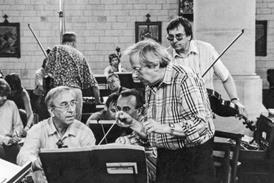
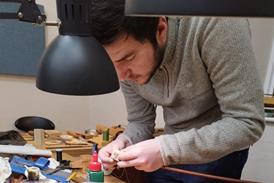
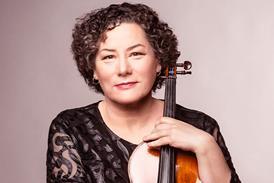
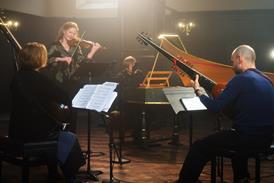
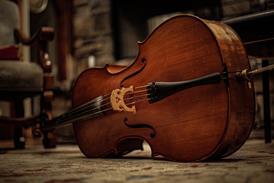




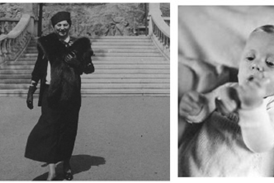
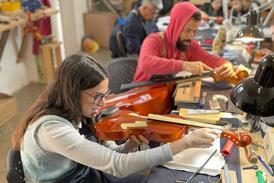
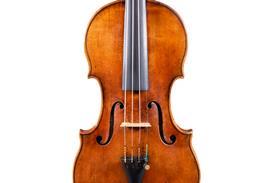
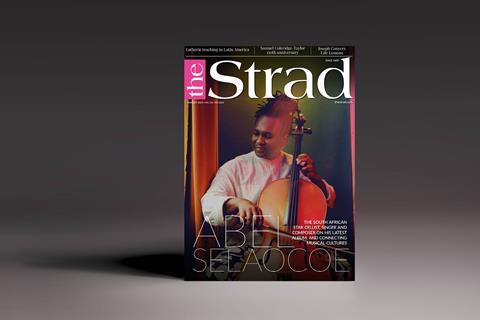







































No comments yet